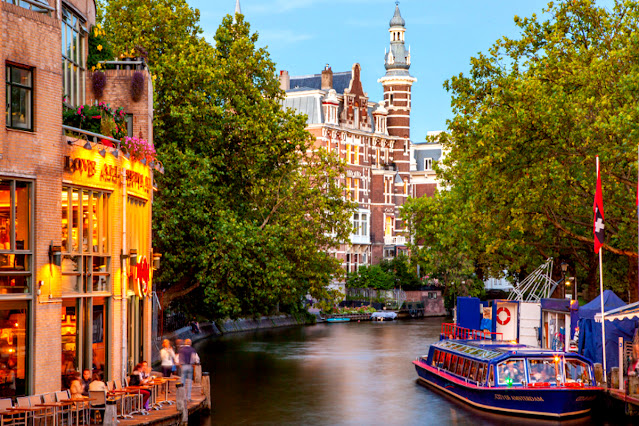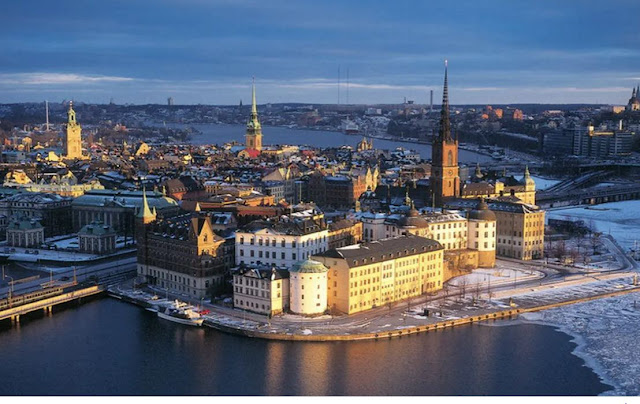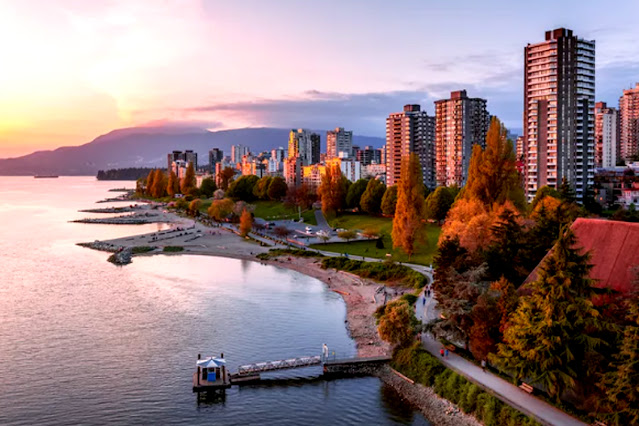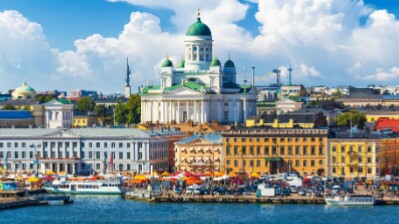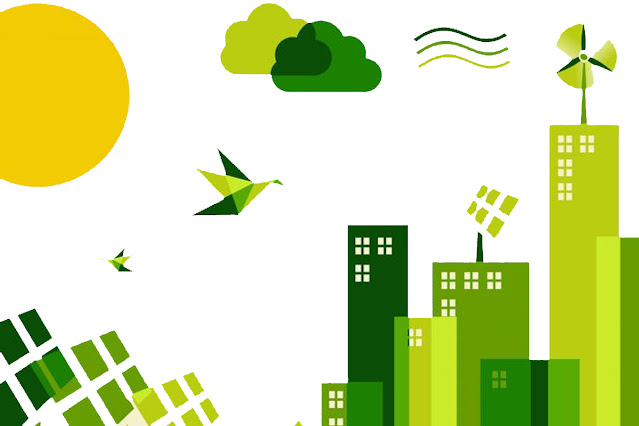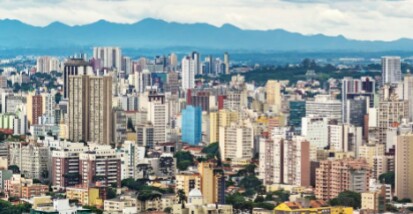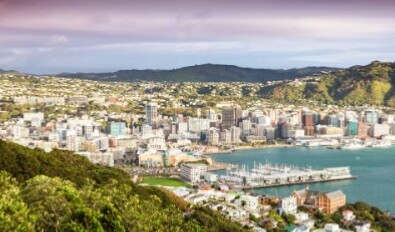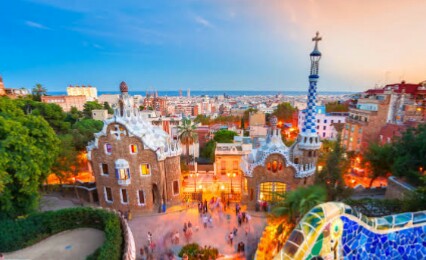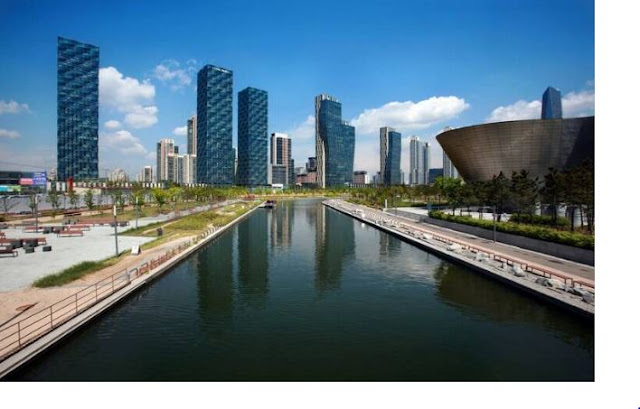Leading the Way: The 20 Best Sustainable Cities in the World
Introduction:
In an era marked by environmental challenges and the urgent need for sustainability, cities around the world are stepping up to the plate and embracing innovative solutions to create a better future.
From reducing carbon emissions to promoting renewable energy, these cities are making significant strides towards sustainability and becoming global leaders in sustainable urban development.
In this article, we present a list of the 20 best sustainable cities in the world, showcasing their exceptional efforts and highlighting the key factors that have propelled them to the forefront of sustainable urban living.
1. Copenhagen, Denmark
Copenhagen has earned its reputation as a sustainable city with its ambitious carbon-neutrality targets, extensive cycling infrastructure, and commitment to renewable energy sources.
2. Amsterdam, Netherlands
Amsterdam’s dedication to sustainability is evident in its high percentage of renewable energy usage, efficient waste management systems, and circular economy initiatives.
3. Stockholm, Sweden
Stockholm combines environmental consciousness with innovation, focusing on renewable energy, sustainable transportation, and smart city solutions.
4. Vancouver, Canada
Vancouver excels in green building practices, urban planning, and its commitment to becoming one of the world’s greenest cities by 2020.
5. Helsinki, Finland
Helsinki emphasizes sustainable urban development through energy-efficient buildings, integrated public transportation systems, and green spaces for all residents.
6. Oslo, Norway
Oslo leads the way in sustainable transportation, boasting a robust network of electric buses, trams, and a goal to make the city car-free by 2030.
7. Zurich, Switzerland
Zurich stands out with its comprehensive waste management systems, renewable energy initiatives, and a focus on fostering a high quality of life for its residents.
8. Singapore
Singapore is renowned for its sustainable urban planning, efficient public transportation, and innovative approaches to water and waste management.
9. Reykjavik, Iceland
Reykjavik sets an example with its extensive use of geothermal energy, a commitment to carbon neutrality, and sustainability-driven policies.
10. San Francisco, United States
San Francisco leads the way in eco-conscious initiatives, including renewable energy programs, zero waste goals, and support for electric vehicles.
11. Curitiba, Brazil
Curitiba prioritizes sustainable urban planning, efficient public transportation systems, and innovative waste management strategies.
12. Portland, United States
Portland excels in sustainable transportation, promoting cycling and walking, and implementing progressive environmental policies.
13. Wellington, New Zealand
Wellington showcases its commitment to sustainability through renewable energy projects, carbon neutrality goals, and an active focus on protecting its natural environment.
14. Barcelona, Spain
Barcelona embraces sustainable architecture, renewable energy adoption, and pedestrian-friendly urban design to create a vibrant and eco-friendly city.
15. Tokyo, Japan
Tokyo sets an example with its energy-efficient buildings, advanced waste management systems, and dedication to creating a sustainable and resilient city.
16. Munich, Germany
Munich excels in renewable energy implementation, green spaces preservation, and a focus on sustainable mobility options.
17. Freiburg, Germany
Freiburg, a picturesque city located in Germany’s southwest, has earned international recognition for its remarkable commitment to renewable energy and sustainable practices.
18. Melbourne, Australia
Melbourne stands out with its commitment to sustainable living, focusing on renewable energy, green spaces, and water conservation.
19. Vienna, Austria
Vienna showcases its dedication to sustainability through energy-efficient buildings, comprehensive public transportation networks, and renewable energy projects.
20. Songdo, South Korea
Songdo represent South korea sustainability efforts include eco-friendly urban planning, green spaces development, and a strong commitment to reducing carbon emissions.
KPI for The 20 Best Sustainable Cities in the World
In assessing the success and progress of sustainable cities, several key performance indicators (KPIs) are commonly used to measure their sustainability performance.
These KPIs provide valuable insights into the effectiveness of sustainability initiatives and help guide cities towards their sustainability goals.
Here are some essential KPIs used to evaluate the sustainability of cities:
1. Carbon footprint
Measuring the total amount of greenhouse gas emissions produced by a city provides a clear indication of its contribution to climate change. Cities that actively work towards reducing their carbon footprint through energy-efficient practices and the use of renewable energy sources demonstrate their commitment to combatting climate change.
2. Renewable energy usage
Tracking the percentage of renewable energy used by a city highlights its progress in transitioning to clean and sustainable energy sources. Cities that prioritize renewable energy adoption, such as solar, wind, and geothermal, contribute significantly to reducing dependence on fossil fuels and decreasing greenhouse gas emissions.
3. Green space and biodiversity
Evaluating the amount and quality of green spaces, parks, and preserved natural areas within a city helps assess its efforts in enhancing biodiversity and promoting ecological balance. Cities that prioritize the preservation of green spaces provide their residents with improved air quality, recreational areas, and opportunities for connecting with nature.
4. Sustainable transportation
Assessing the usage of sustainable transportation modes, such as cycling, walking, and public transit, helps gauge a city’s commitment to reducing traffic congestion, improving air quality, and promoting healthier lifestyles. Increased usage of sustainable transportation options indicates a city’s progress in providing efficient and eco-friendly mobility solutions.
5. Waste management
Tracking waste generation, recycling rates, and waste diversion from landfills provides insights into a city’s waste management practices. Cities that implement comprehensive recycling programs, promote waste reduction, and adopt circular economy principles contribute to resource conservation and the minimization of landfill waste.
6. Energy efficiency in buildings
Evaluating the energy efficiency of buildings through certifications like LEED (Leadership in Energy and Environmental Design) or BREEAM (Building Research Establishment Environmental Assessment Method) helps measure a city’s commitment to sustainable construction and energy-saving practices.
7. Social equity and inclusivity
Measuring the inclusivity and accessibility of services, infrastructure, and opportunities within a city helps determine its efforts in promoting social equity. Cities that prioritize affordable housing, education, healthcare, and community engagement initiatives foster an environment of inclusivity and well-being for all residents.
8. Water conservation and management
Assessing a city’s water usage, conservation efforts, and water management practices provides insights into its commitment to preserving this vital resource. Cities that implement water-efficient infrastructure, promote water conservation practices, and invest in water reuse systems contribute to sustainable water management.
These KPIs, among others, assist in evaluating the sustainability performance of cities and tracking their progress over time. By regularly monitoring and improving upon these indicators, cities can effectively measure their sustainability efforts, identify areas for improvement, and work towards creating a more sustainable and livable future for their residents.
Conclusion for The 20 Best Sustainable Cities in the World
The pursuit of sustainable cities has become a global imperative, driven by the pressing need to address climate change, environmental degradation, and social equity.
The 20 best sustainable cities in the world serve as beacons of hope and inspiration, showcasing the transformative power of sustainable urban development.
Through their ambitious targets, innovative practices, and commitment to improving quality of life for their residents, these cities have set the standard for sustainability.
They have demonstrated that by integrating renewable energy, embracing green infrastructure, promoting sustainable transportation, and prioritizing social inclusivity, cities can thrive while minimizing their environmental impact.
As we look to the future, it is essential for cities worldwide to learn from the successes of these sustainable cities, adapt their strategies to local contexts, and work collectively towards building a more sustainable, resilient, and equitable urban future for generations to come.
https://www.exaputra.com/2023/05/the-20-best-sustainable-cities-in-world.html
Renewable Energy
Before Trump, “Contempt of Court” Used to Be a Big Deal
 Most Americans, me included, are puzzled as to how the Trump administration can openly thumb its nose to the findings of our courts. Until recently, behavior like this would have wound you up in jail.
Most Americans, me included, are puzzled as to how the Trump administration can openly thumb its nose to the findings of our courts. Until recently, behavior like this would have wound you up in jail.
Renewable Energy
How Households Saved $1,200 with VEU & Air-Con Upgrade?
Renewable Energy
Air Power
 About 20 years ago, a friend asked me if I was aware that cars could run on air. I asked, delicately, what she meant, and she explained that cars can run on compressed air.
About 20 years ago, a friend asked me if I was aware that cars could run on air. I asked, delicately, what she meant, and she explained that cars can run on compressed air.
“Ah,” I replied. “Of course they can. But where does the energy come from that compresses the air?” End of conversation.
Now, it’s back. Now there are enormous swaths of the population who know so little about middle school science that they believe we can put cars on the road, in an ocean of air, and extract energy out of that air to power our automobiles.
If you’re among these morons and want to invest with some heavy-duty fraud/charlatans, here’s your opportunity. They say that it’s “self-sustaining and needs no fuel.” If that makes sense to you, be my guest.
-
Climate Change4 months ago
Guest post: Why China is still building new coal – and when it might stop
-
Greenhouse Gases4 months ago
Guest post: Why China is still building new coal – and when it might stop
-
Climate Change2 years ago
Spanish-language misinformation on renewable energy spreads online, report shows
-

 Greenhouse Gases2 years ago
Greenhouse Gases2 years ago嘉宾来稿:满足中国增长的用电需求 光伏加储能“比新建煤电更实惠”
-
Climate Change Videos2 years ago
The toxic gas flares fuelling Nigeria’s climate change – BBC News
-

 Climate Change2 years ago
Climate Change2 years ago嘉宾来稿:满足中国增长的用电需求 光伏加储能“比新建煤电更实惠”
-

 Carbon Footprint2 years ago
Carbon Footprint2 years agoUS SEC’s Climate Disclosure Rules Spur Renewed Interest in Carbon Credits
-
Renewable Energy5 months ago
US Grid Strain, Possible Allete Sale



